Euthyroid sick syndrome is a condition where thyroid function tests are abnormal, but the thyroid gland itself is not diseased. It often occurs in critically ill patients, reflecting changes in hormone metabolism.
The syndrome is characterized by low T3, normal or low T4, and variable TSH levels. These abnormalities arise due to illness severity, medication use, and altered peripheral hormone conversion.
It is commonly observed in patients with sepsis, trauma, myocardial infarction, or chronic systemic disease. The condition reflects the body’s adaptive response to stress rather than primary thyroid dysfunction.
Treatment is generally supportive and focuses on managing the underlying illness. Routine thyroid hormone replacement is not recommended unless there is coexisting true thyroid disease.
| Medical Name | Euthyroid Sick Syndrome (Non-thyroidal Illness Syndrome – NTIS) |
| Other Names | Low T3 Syndrome, Euthyroid Sick Syndrome |
| Causes | Severe systemic illnesses (sepsis, trauma, surgery, chronic diseases), starvation, malnutrition |
| Risk Factors | ICU patients, chronic diseases (cancer, heart failure), infections |
| Common Symptoms | No specific symptoms of thyroid disease; symptoms of the underlying illness are dominant |
| Diagnostic Methods | Laboratory evaluation showing low free T3, normal/low T4, and TSH levels |
| Associated Complications | Prolonged illness duration, may indicate poor prognosis in intensive care |
| Treatment Methods | Specific thyroid treatment is generally not recommended; priority is given to treating the underlying disease |
| Surgical Requirement | None |
| Prevention Methods | Early diagnosis and effective treatment of underlying systemic diseases |
What Is Euthyroid Sick Syndrome and How Does It Affect Thyroid Hormones?
Euthyroid Sick Syndrome is a condition characterized by abnormal changes in thyroid hormones as a result of severe illness, trauma, surgical intervention, or other major metabolic stress factors. The term “euthyroid” means the thyroid gland itself is healthy, with no direct disorder such as “hypothyroidism” or “hyperthyroidism.” However, blood tests reveal a significant decrease in T3 (triiodothyronine) levels. T4 (thyroxine) levels may be normal or low, while TSH (thyroid-stimulating hormone) is generally not elevated or suppressed as expected and may even be at the lower end of normal. Additionally, the blood level of “reverse T3” (rT3) increases.
To understand this scenario, think of your home boiler functioning properly (a healthy thyroid gland), but if the winter is very harsh (the body is battling a severe illness), you take extra measures to regulate the radiator temperature (hormone conversions change). Here, the boiler is not broken; the system simply redirects all energy or reduces some mechanisms. Euthyroid Sick Syndrome is a similar “temporary adaptation.”
One of the most notable findings is the reduced function of the body’s enzymes (deiodinases) that convert T4 to T3. Normally, T4 should be converted to its active form, T3, but in this syndrome, less T4 is converted and, instead, more of the inactive form, rT3, is produced. As a result, T3 levels drop in the blood while rT3 rises. T4 may remain normal in mild cases but can fall in severe cases over time.
What Causes Euthyroid Sick Syndrome in Severe Illness?
Many factors can contribute to the development of Euthyroid Sick Syndrome, but the main issue is the presence of severe systemic illness or stress. For example, consider patients in intensive care: conditions such as sepsis, major trauma, burns, advanced cancer, heart failure, or renal failure all set the stage for this syndrome. The immune system becomes highly active and produces large amounts of cytokines (signaling molecules).
In addition to cytokines, stress hormones (like cortisol) also increase. This intense “alarm” state changes the body’s metabolic priorities, diverting energy from less critical areas to vital organs and immune defense. As a result, the conversion and utilization of thyroid hormones are partly suppressed. The enzymes responsible for converting T4 to T3 are inhibited, T3 levels drop, and rT3 rises.
Some medications used in treatment (such as amiodarone or high-dose corticosteroids) may also affect thyroid hormone production or utilization, contributing to the syndrome during severe illness.
How Is Euthyroid Sick Syndrome Diagnosed?
Diagnosis is like piecing together a complex puzzle: You must consider laboratory results as well as the patient’s clinical condition, existing diseases, and medications. The first step is usually to check TSH levels. If TSH is high, hypothyroidism is suspected, but in Euthyroid Sick Syndrome, TSH is typically within the normal range or just mildly low or high—dramatic shifts are rare.
Next, T3 and T4 values are examined. Typically, total T3 and free T3 are low. Free T4 may be normal, slightly low, or rarely high. If T4 is clearly decreased and TSH has not risen as expected, suspicion for Euthyroid Sick Syndrome increases. Reverse T3 (rT3) measurement can help confirm the diagnosis, as elevated rT3 is characteristic of this syndrome.
However, diagnosis cannot be made based solely on lab results. It is crucial to assess the patient’s clinical condition, look for severe infections, multi-organ failure, heart or renal failure, and rule out autoimmune thyroid diseases (like Hashimoto’s or Graves’). Sometimes, thyroid antibody tests or ultrasound may be needed, but most of the time, no obvious thyroid pathology is detected. The physician monitors thyroid levels over time, viewing this as a temporary adaptive mechanism. Additional investigation is generally unnecessary unless new or more pronounced thyroid findings appear.
Can Euthyroid Sick Syndrome Mimic Hyperthyroidism or Hypothyroidism?
Euthyroid Sick Syndrome most often gives the impression of hypothyroidism because T3 levels drop, leading to symptoms like fatigue, weakness, slight chills, or loss of appetite. From the outside, it may appear that the thyroid is underactive, but in true hypothyroidism, TSH is usually clearly elevated. In this syndrome, TSH is often at the lower limit of normal or within normal range.
It is rare but possible for the syndrome to mimic hyperthyroidism. In some cases, free T4 may be at the upper limit of normal (especially in early or mild forms). If the patient has symptoms such as palpitations, sweating, weight loss, or irritability during a severe illness, hyperthyroidism may be suspected. However, in this syndrome, there is no marked TSH suppression as seen in hyperthyroidism. Furthermore, elevated rT3 and low T3 are inconsistent with true hyperthyroidism. Thus, initial laboratory and clinical findings can be misleading, but a detailed evaluation clarifies the picture.
What Is the Role of Cytokines in Euthyroid Sick Syndrome?
Cytokines are signaling molecules of the immune system and are released in large quantities during inflammatory processes. In severe infections such as sepsis, major trauma, burns, or autoimmune diseases, blood levels of cytokines like interleukin-6 (IL-6) and tumor necrosis factor-alpha (TNF-α) rise. These molecules signal the body to enter “defense mode.”
This process not only activates the immune system but also affects hormonal balance. The activity of deiodinase enzymes that convert thyroid hormones can be suppressed by cytokines. Additionally, the secretion of TSH and TRH (thyrotropin-releasing hormone) from the hypothalamus and pituitary can also be influenced. This is like a conductor (the hypothalamus) who may slow or stop the orchestra (hormone production) if a fire (severe illness, inflammation) breaks out in the concert hall. As a result, some instruments (such as thyroid hormone production and conversion) are deprioritized.
This adaptive process, triggered by cytokines, is actually a protective method for the body. During illness, energy and resources must be used wisely. Lowering T3 levels slows metabolism, allowing the body to conserve energy for recovery. However, if this state persists or becomes excessive, it may negatively affect tissue healing. There’s a fine balance: Cytokines can be helpful initially, but chronic inflammation may disrupt thyroid hormone balance long-term.
Is Euthyroid Sick Syndrome a Sign of Primary Thyroid Disease?
No, Euthyroid Sick Syndrome does not indicate a disease of the thyroid gland itself. On the contrary, it describes a scenario where the thyroid is working normally (euthyroid), but the body is under severe stress from another cause. You can compare this to temporary changes in liver enzymes during a liver disorder: the liver may be healthy, but a crisis (such as a serious infection) can change enzyme levels. Similarly, in this syndrome, the thyroid gland is structurally and functionally normal, but hormonal changes occur in the shadow of severe illness.
However, this syndrome does not mean that “everything is fine and there’s no thyroid problem at all.” Especially in long-lasting and recurring severe illnesses, persistently low thyroid hormones can adversely affect the body’s repair and defense mechanisms. Still, Euthyroid Sick Syndrome does not point to classic thyroid pathologies like Graves’, Hashimoto’s, or nodules. The primary problem is not in the thyroid tissue or its function, but rather in the stress of illness and immune-hormone interaction.
How Does Euthyroid Sick Syndrome Affect T3 and T4 Levels?
The most prominent laboratory finding in this syndrome is low T3 levels. Normally, T4 hormone is converted to its active form, T3. In Euthyroid Sick Syndrome, this conversion is impaired, so blood T3 drops while the inactive metabolite, rT3, rises. In other words, T4 is “diverted” into a “reverse” pathway rather than the “correct” one.
T4 levels vary depending on the phase of the syndrome. In early or mild cases, T4 may remain relatively normal or even appear slightly elevated due to reduced protein binding. However, in prolonged or severe illness, T4 may also decrease. The key message here is that a decrease in T3 is almost always observed, while a decrease in T4 is usually related to the severity or duration of illness.
How Is Euthyroid Sick Syndrome Treated?
The most important point in the treatment of Euthyroid Sick Syndrome is to address the underlying illness. The issue is not the thyroid gland itself, but the severe stress or inflammatory process affecting the whole body. For example, if a patient’s T3 is low due to sepsis, the priority is to control the sepsis. In heart failure exacerbation, supporting the heart and appropriate interventions may resolve the syndrome.
Many studies have shown that routine thyroid hormone replacement therapy offers no clear benefit. In fact, unnecessary thyroid hormone supplementation can increase the workload of the heart, cause arrhythmias, and disrupt metabolic balance. Only in very rare and specific cases may T3 or T4 be given experimentally, especially in severe and prolonged syndromes, but this is not a generalized approach and is not a standard protocol in most centers.
What Is the Prognosis for Patients with Euthyroid Sick Syndrome?
It is important to remember that Euthyroid Sick Syndrome is not a disease by itself, but rather a reflection of severe or chronic illness. The prognosis largely depends on the underlying condition and its severity. For example, if a patient in intensive care with sepsis has very low T3 levels, it indicates that the body is under great stress. In general, research shows that a further drop in T3 or a drop in T4 may signal worsening illness and increased mortality risk.
However, it cannot be concluded that “a low T3 always leads to a poor outcome.” The patient’s immune status, age, organ function, and response to treatment all play roles. Some patients recover quickly, and their thyroid levels return to normal. Others may live with chronic illness and persistently low T3, but remain stable.
Sometimes, Euthyroid Sick Syndrome is described as “the tip of the iceberg.” Seeing low T3 in the laboratory suggests that major underlying destruction exists or is possible. Therefore, Euthyroid Sick Syndrome is a “secondary” indicator reflecting the severity of illness. In other words, these hormonal changes are an alarm, but not the sole factor determining the patient’s outcome.
Can Euthyroid Sick Syndrome Develop After Surgery?
Yes, there is a possibility of developing Euthyroid Sick Syndrome after major surgery or due to stress and complications related to surgery. Especially factors such as significant blood loss, tissue trauma, and infection risk trigger the body’s defense system after surgery. During this process, cytokines increase, metabolism is reorganized, and thyroid hormones change as part of this adaptation.
Major surgeries, such as hip fracture or heart surgery, create a significant stress response in the patient’s body. A sudden drop in T3 levels is frequently seen in the early days of this intense stress response. Over time, the situation may improve, or if there are underlying problems (infection, malnutrition, organ failure), Euthyroid Sick Syndrome may persist. Similar scenarios are seen in pediatric heart surgery; some centers have researched whether low-dose thyroid hormone supplementation can aid recovery, but this is not a standard treatment for all patients.
What Future Research Is Needed on Euthyroid Sick Syndrome?
Euthyroid Sick Syndrome still holds many mysteries, and future research can help clarify both diagnostic and treatment approaches. First, it is necessary to better understand how cytokines and other inflammatory mediators affect thyroid hormone conversion and at which stages. Molecular-level research could focus on genetic variations of deiodinase enzymes or epigenetic factors regulating their activity.
In addition, more comprehensive data should be collected on the progression and long-term outcomes of thyroid hormone changes in certain patient groups (e.g., severe heart failure, long-term dialysis patients, or severe burn patients). There are still not enough large-scale, randomized controlled studies to definitively show whether raising T3 levels (e.g., with T3 replacement) actually improves quality of life or survival rates.
Research on intensive care patients is particularly important. By monitoring hormone fluctuations in these patients, the early prediction of severe conditions such as sepsis and multi-organ failure, as well as the development of intervention strategies, could be targeted. The evaluation of new-generation biomarkers such as “microRNAs” or “biomarker proteins” together with thyroid hormones may make it possible to predict disease progression earlier in the future.

Girişimsel Radyoloji ve Nöroradyoloji Uzmanı Prof. Dr. Özgür Kılıçkesmez, 1997 yılında Cerrahpaşa Tıp Fakültesi’nden mezun oldu. Uzmanlık eğitimini İstanbul Eğitim ve Araştırma Hastanesi’nde tamamladı. Londra’da girişimsel radyoloji ve onkoloji alanında eğitim aldı. İstanbul Çam ve Sakura Şehir Hastanesi’nde girişimsel radyoloji bölümünü kurdu ve 2020 yılında profesör oldu. Çok sayıda uluslararası ödül ve sertifikaya sahip olan Kılıçkesmez’in 150’den fazla bilimsel yayını bulunmakta ve 1500’den fazla atıf almıştır. Halen Medicana Ataköy Hastanesi’nde görev yapmaktadır.

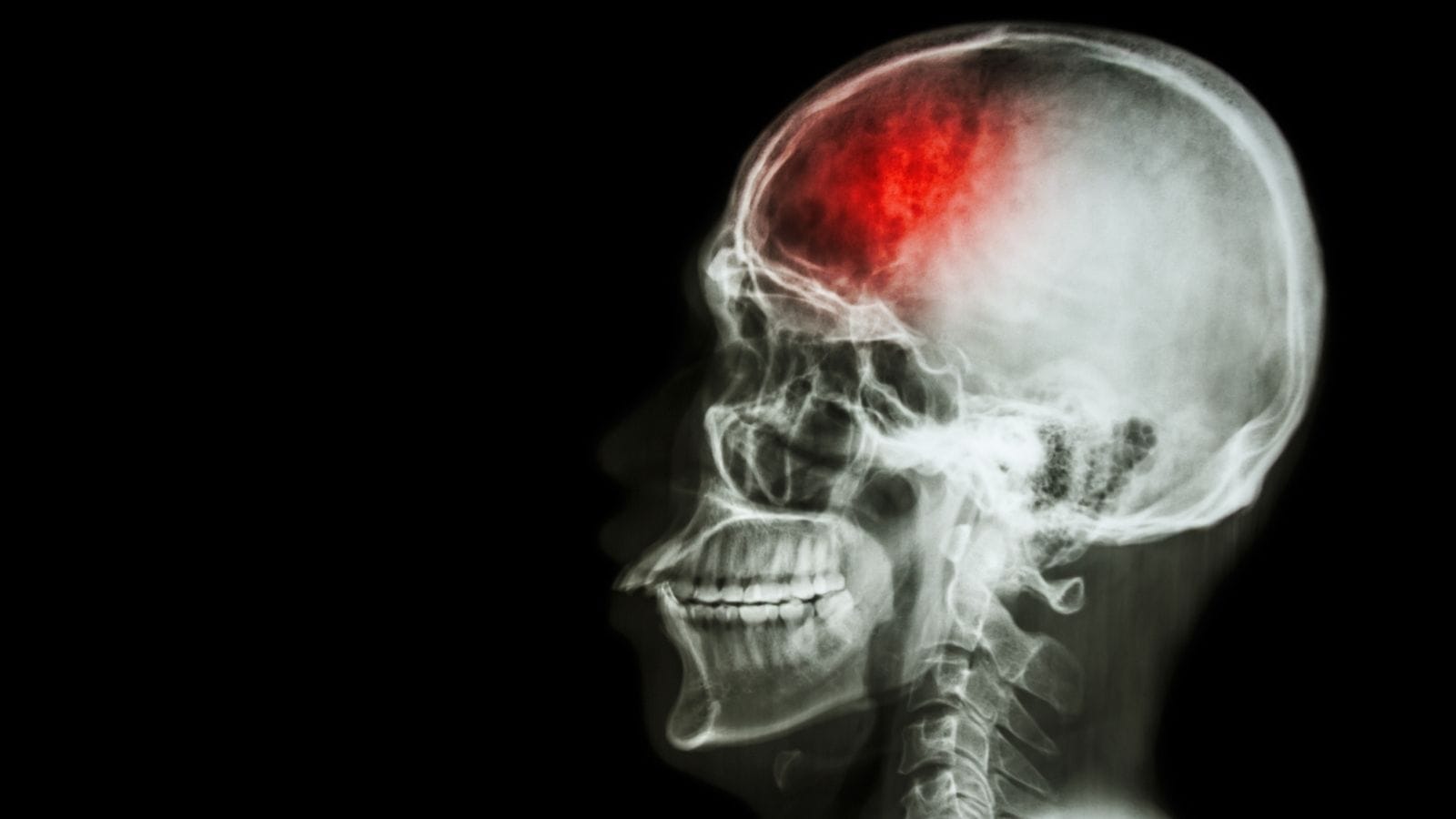
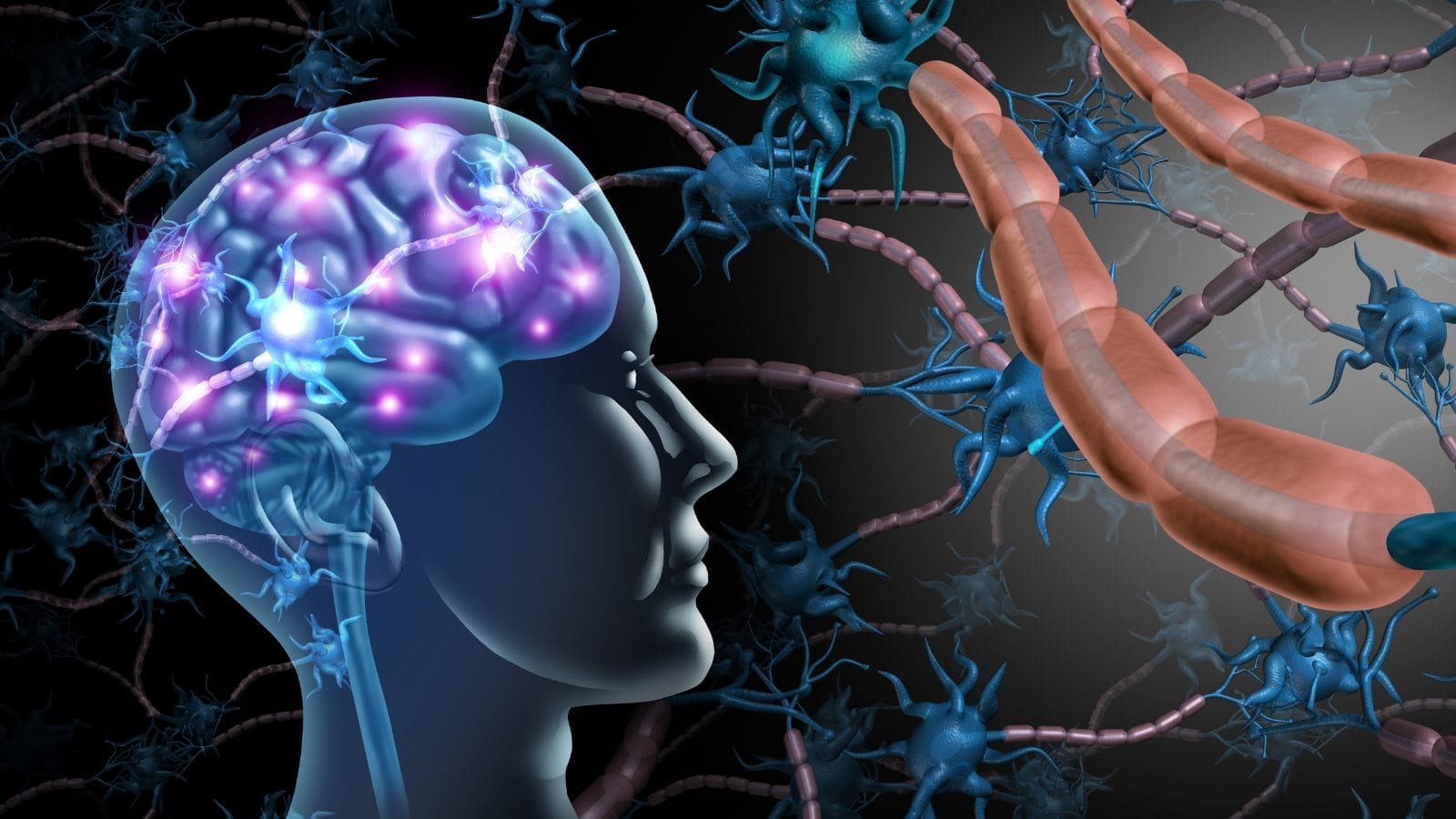
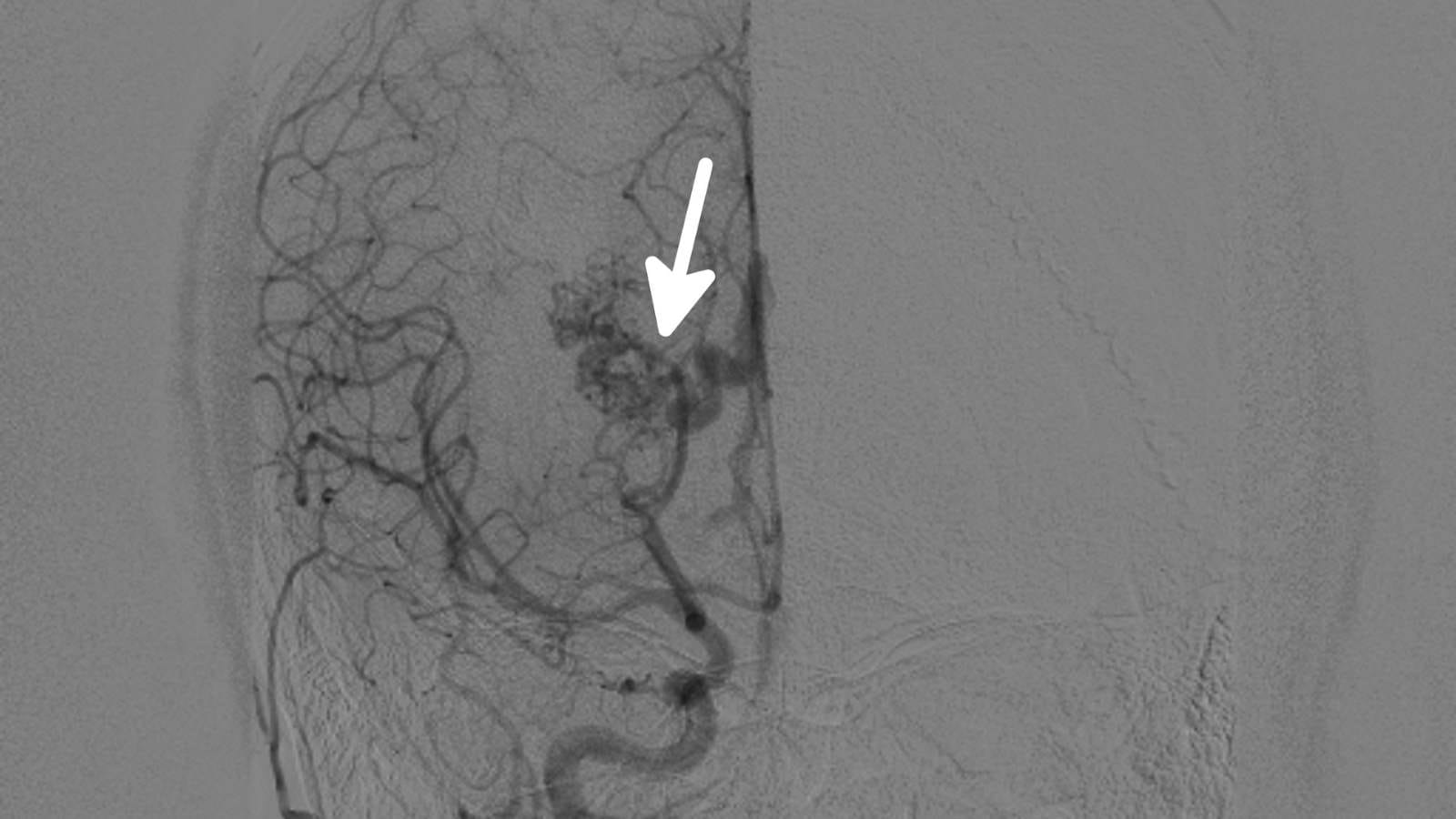


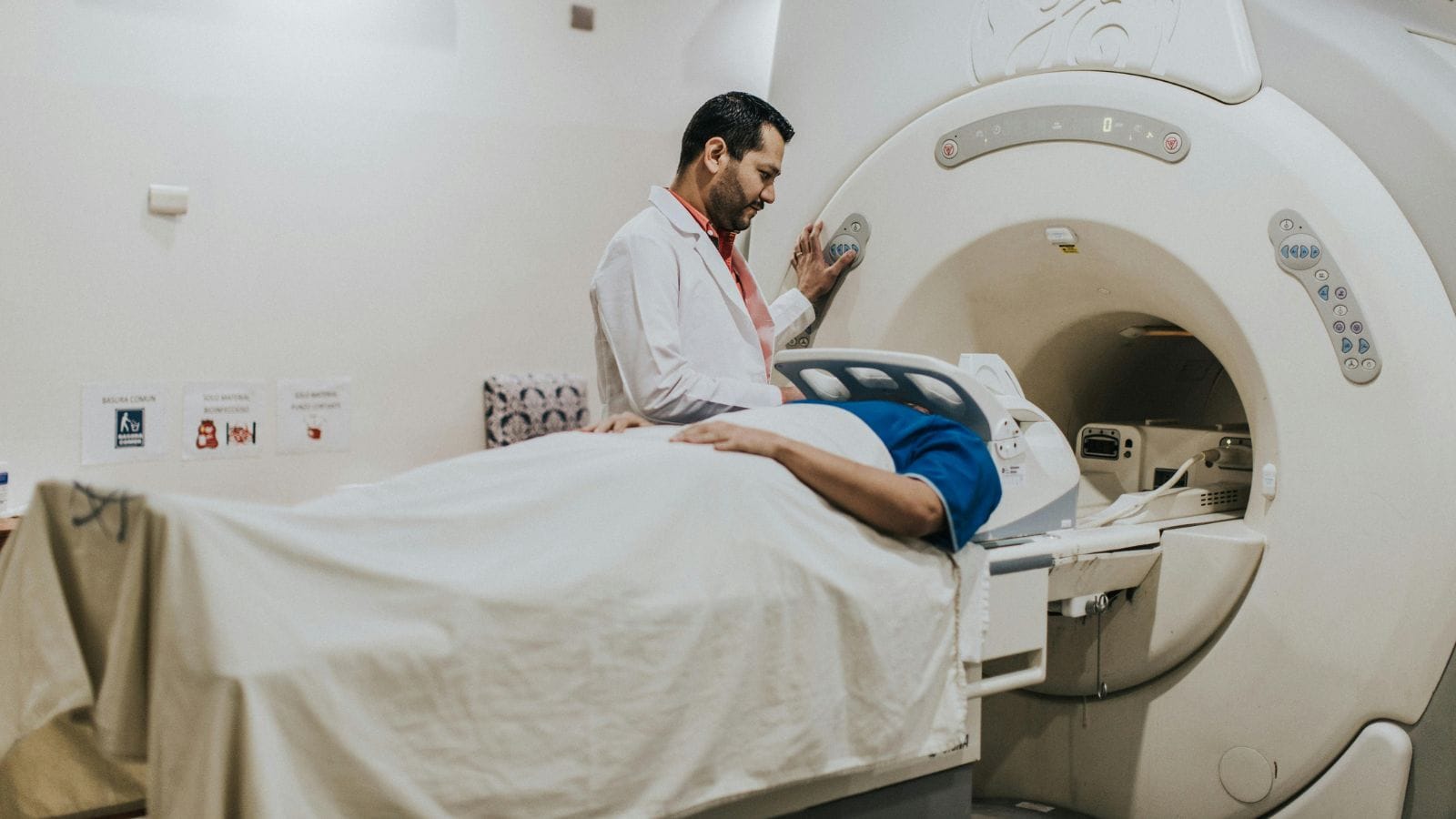
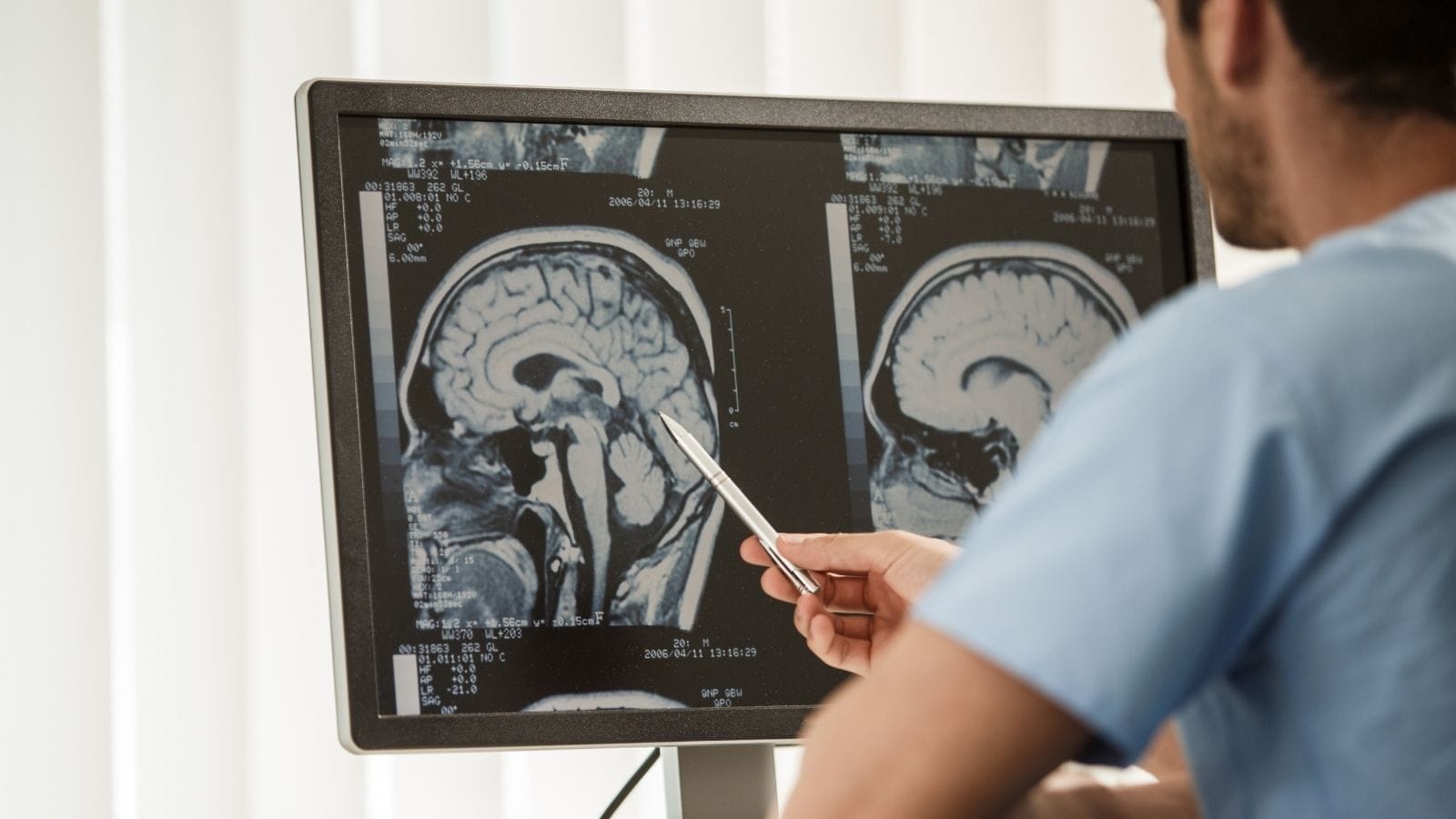

Vaka Örnekleri